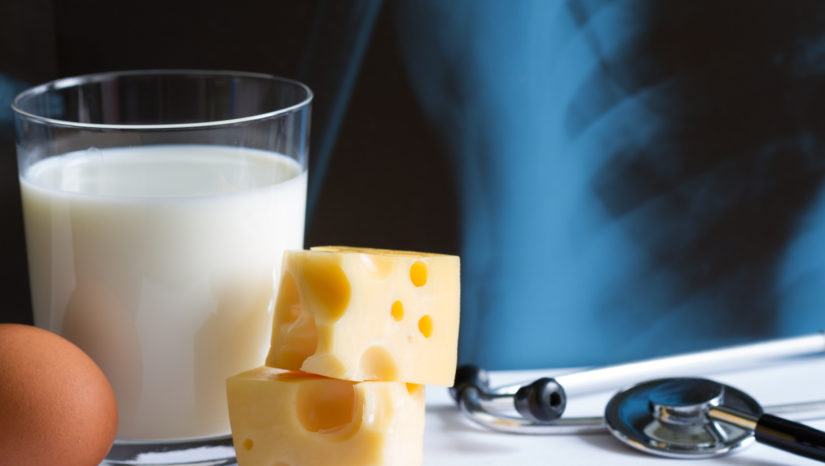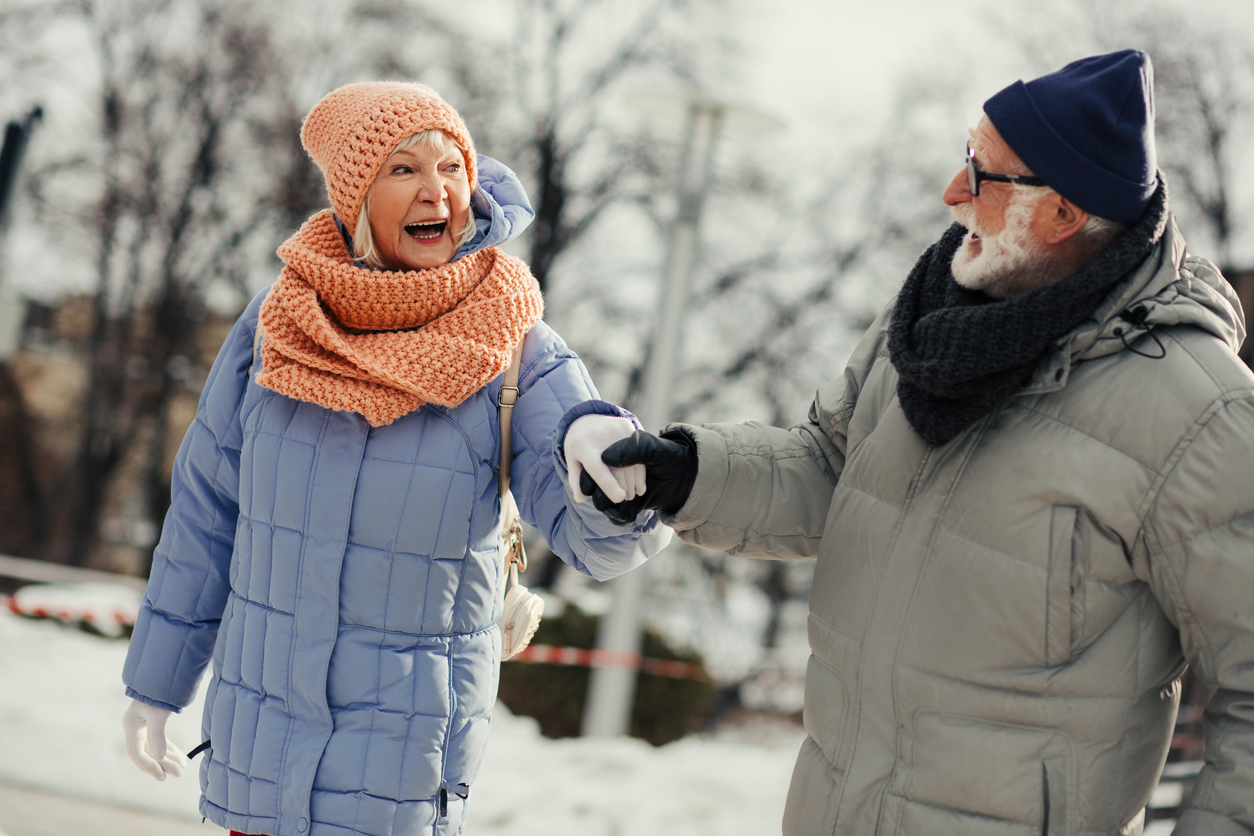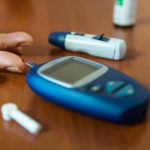Since your bones literally are your body’s foundation, good bone health is important. As you age, one of the tests your doctor may recommend is a bone density test. This test indicates how strong your bones are and if you’re at risk for osteoporosis.
Osteoporosis is when your bones lose calcium and become lighter, less dense, and more porous, or spongy. If you have osteoporosis your bones are more fragile and likely to break. There usually aren’t any symptoms associated with this disease; bone density tests are the best way to diagnose osteoporosis.
A bone density test measures how many grams of calcium and other bone minerals are packed into a segment of bone. The bones most commonly tested are in the spine, hip, and sometimes the forearm. Doctors use it to identify decreases in bone density before you break a bone; determine your risk of broken bones; confirm a diagnosis of osteoporosis; or monitor osteoporosis treatment. Osteoporosis is treated with medications.
Who should be tested?
Women 65 and older should have routine bone density testing. However, your doctor may recommend a bone density test if you have:
- Fractured a bone after age 50
- Strong family history of osteoporosis
- History of treatment for prostate cancer or breast cancer
- History of medical conditions such as rheumatoid arthritis, diabetes, thyroid imbalances, or anorexia nervosa
- Early menopause (either from natural causes or hysterectomy)
- Long-term use of medications such as corticosteroids, thyroid hormone, or aromatase inhibitors
- Low body weight (less than 127 pounds) or low body mass index (less than 21)
- Significant loss of height (if you’ve lost at least 1.6 inches)
- Received an organ or bone marrow transplant (partly because anti-rejection drugs interfere with the bone-rebuilding process)
- Long-term tobacco or excessive alcohol use
Risk factors you can control:
Diet. Get enough calcium and vitamin D; vitamin D helps the body use the calcium in your diet. Men age 51-70 should get 1,000 mg of calcium and 600 International Units (IUs) of vitamin D per day; women 51-70 need 1200 mg of calcium and 600 IUs of vitamin D per day. Men and women over 70 need 1200 mg of calcium and 800 IUs of vitamin D. Good sources of calcium include low-fat dairy products, tofu, soy milk, green leafy vegetables, beans/legumes, sardines/salmon with edible bones, shrimp, nuts, and foods and drinks with added calcium. Good sources of vitamin D include egg yolks, saltwater fish, liver, and milk with vitamin D. Some people may need to take nutritional supplements in order to get enough calcium and vitamin D. Fruits and vegetables also contribute other nutrients that are important for bone health.
Exercise. Bones (like muscles) become and stay stronger with regular exercise. The best exercises for healthy bones are strength-building and weight-bearing, like walking, climbing stairs, lifting weights, and dancing. Try to get 30 minutes of exercise each day.
Weight. Being too thin makes you more likely to get osteoporosis.
Smoking. Smoking cigarettes can prevent your body from using the calcium in your diet. Also, women who smoke go through menopause earlier than those who don’t. These things can increase your risk for osteoporosis.
Alcohol. People who drink a lot are more likely to get osteoporosis.
There are different ways to measure bone density and your doctor will determine which test is best for you. The most common way is on a central device, where you lie on a padded platform while a mechanical arm passes over your body. The amount of radiation you’re exposed to is very low, much less than the amount emitted during a chest X-ray. The test usually takes about 10 to 30 minutes
Regular X-rays are not used to diagnose osteoporosis.
Sources: US National Library of Medicine, Mayo Clinic, National Institute of Health






